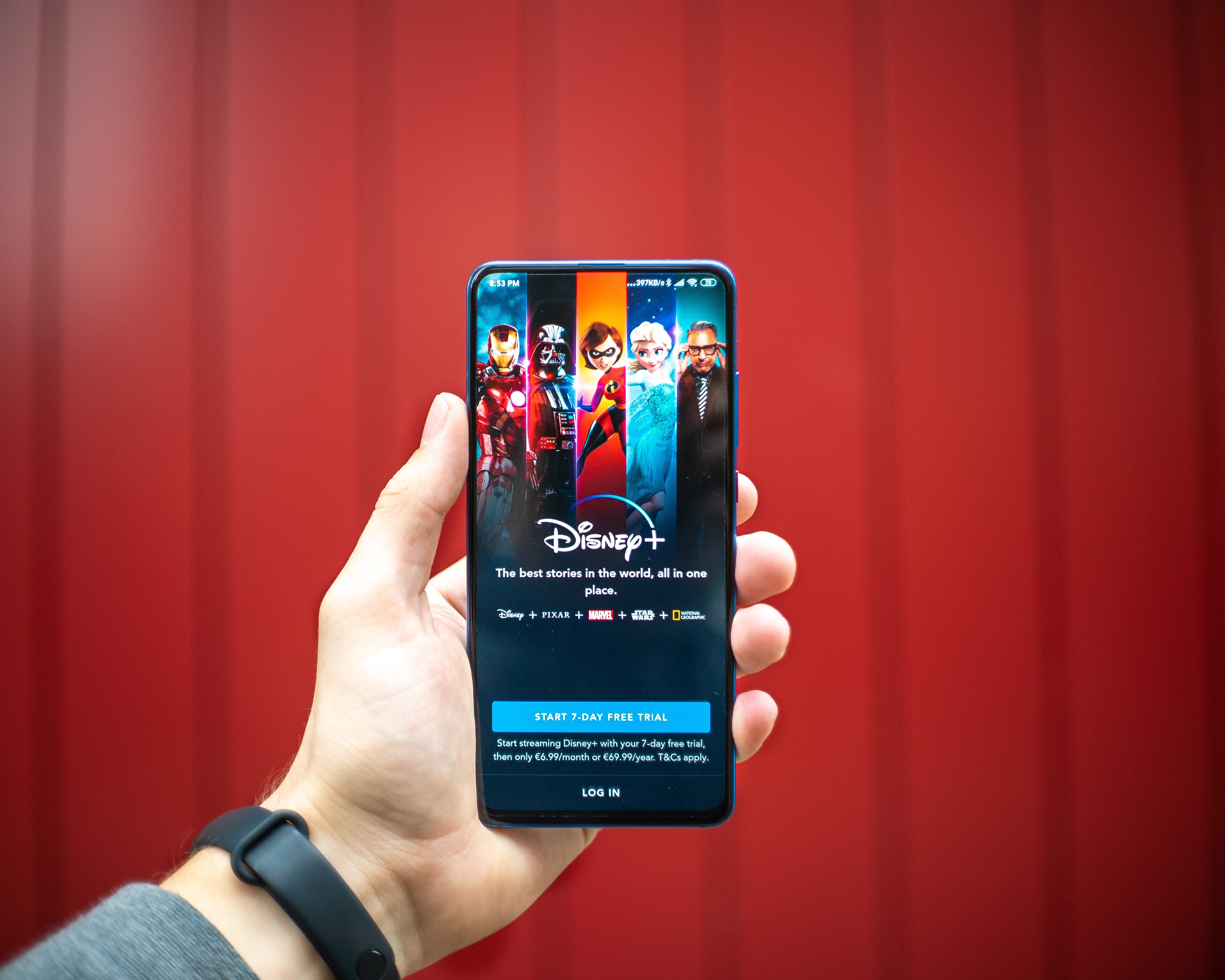Photo by Mika Baumeister on Unsplash
By Miles De Rosa, Staff Writer
“Wandavision” is the Marvel Cinematic Universe’s most intriguing project to date. In many places, it ignores the well-established Marvel formula and aesthetic and spends time throughout the season building out its main character. By the end we are left with a full portrait of one of the universe’s most fascinating characters, Wanda Maximoff.
Unfortunately, though, it doesn’t look like we are getting a second season anytime soon, with lead actress Elizabeth Olsen filming for the new Dr. Strange film until late 2022. With that being said, it is a good time to answer some questions about what Wandavision did well, where it fell short and what the exciting project could mean for the future of Marvel.
Given the success and popularity of the world-bending first four episodes, will Marvel be more willing to color outside their aesthetic lines more often?
The Marvel look has become one of the most recognizable (for better or worse) in the history of popular film. Superheroes wield colorful beams of light and soar through the sky, bright colors and sterile CGI fill out the surrounding world. In a massive diversion, Wandavision starts out in black and white, one of many obvious nods to I Love Lucy in the episode (the show starts out each of the first few episodes parodying a different iconic Sitcom from the past in what we find out later is a nod to Wanda’s childhood).
Through the first episodes, a careful balance is struck between time spent in this wonderfully unique world and showing the cracks as they start to form in the mirage Wanda has created for herself. This creates an incredible amount of tension and lets us see Wanda at her most vulnerable, something we often don’t get from these characters.
Given the success of the Marvel formula when it comes to movies, I doubt we’ll see anything this adventurous on the big screen. But Marvel has announced several shows that are slated to come out in the coming years, and with less of a financial commitment and more room to experiment with multiple episodes, don’t be surprised if Marvel continues to use these shows to workshop some new ideas and explore under-utilized characters.
Will Marvel learn from its mistakes in the final episode?
Wandavision came in with a bang and went out with a whimper. Where the first few episodes shone in being different and fresh, the final episode felt back-breakingly typical. Two superheroes with identical abilities (a trope Marvel falls into far too often) battled it out in a CGI sky, all within the constraints of a traditional hero’s journey structure.
It was the same story we’ve seen play out in every past Marvel product, so it’s hard to see them deviating from it. Even though we may see more experimentation in this new generation of Marvel products, it seems that the Disney subsidiary will always guide things back to their traditional look and feel—delivering the satisfying, neat ending that is promised from the beginning.
This does not mean they aren’t at least self-aware though. In an interview with Indiewire, director Matt Shakman expressed concern that people would be disappointed in the episode because it was so straightforward.
Has Marvel boxed themselves into a corner when it comes to Wanda Maximoff?
The worst kept secret in the MCU is that Wanda is their most powerful character, despite her unfortunate lack of screen time in the past. “Wandavision” sees her power expand more than we could have ever imagined. Wanda is able to reanimate her dead spouse, as well as control and orchestrate the operations and actions of the entire town to keep this fantasy alive. The last scene of the last episode sees her flipping through a spellbook after we learn that Wanda is to assume the mantle of The Scarlet Witch—who is said to be fated to destroy the world.
Whenever Marvel decides to reboot the Avengers, and it won’t be too long (they’ve already spent time laying the groundwork for a group built around Wanda, Captain Marvel, Falcon, and Spiderman), Wanda will be their most intriguing character. Her seeming potential to go rogue at any time and her lack of respect for S.H.I.E.L.D. and authority in general, coupled with her indomitable abilities, make her easily the most interesting character moving forward. We simply don’t know what she will do next because it could be anything.
She occupies a similar space in the universe to The Hulk in the early Avengers films,—whose internal conflict was unfortunately reduced to a one-dimensional side story. Hopefully, Marvel will sink their teeth into Wanda’s storylines in a way they never did with The Hulk and we can see her internal dilemma fully developed and explored.
“Wandavision” was an extremely exciting start to the new slate of Marvel media. It will be interesting to see in the next couple years whether its foray into uncharted waters was a test run for bigger risks, or simply an attention grabber designed to add fans for the next generation. Either way, Marvel has set themselves up well for the next movies at least, by giving one of their most underexplored characters the room to become their most intriguing. Let’s hope Wandavision wasn’t an outlier, and instead, a sign for what’s coming in the future of Marvel.
























